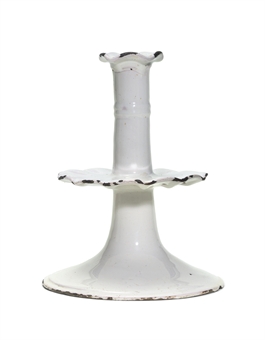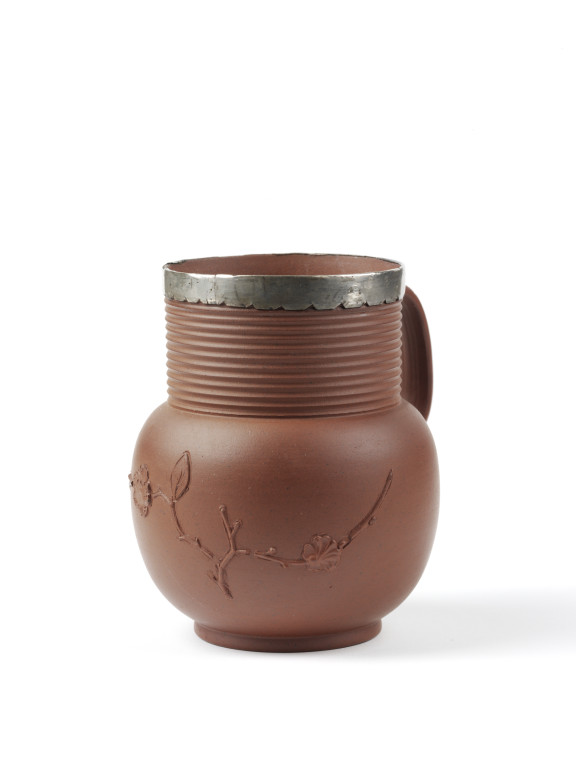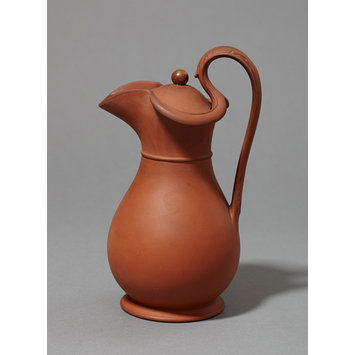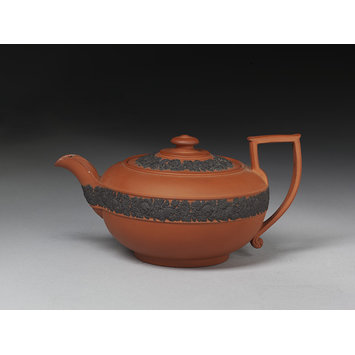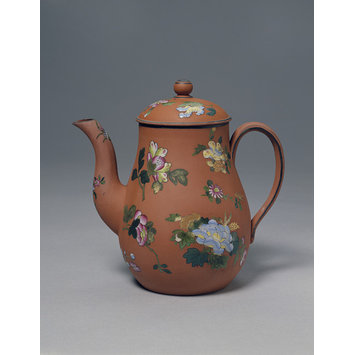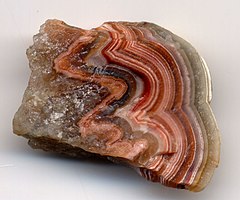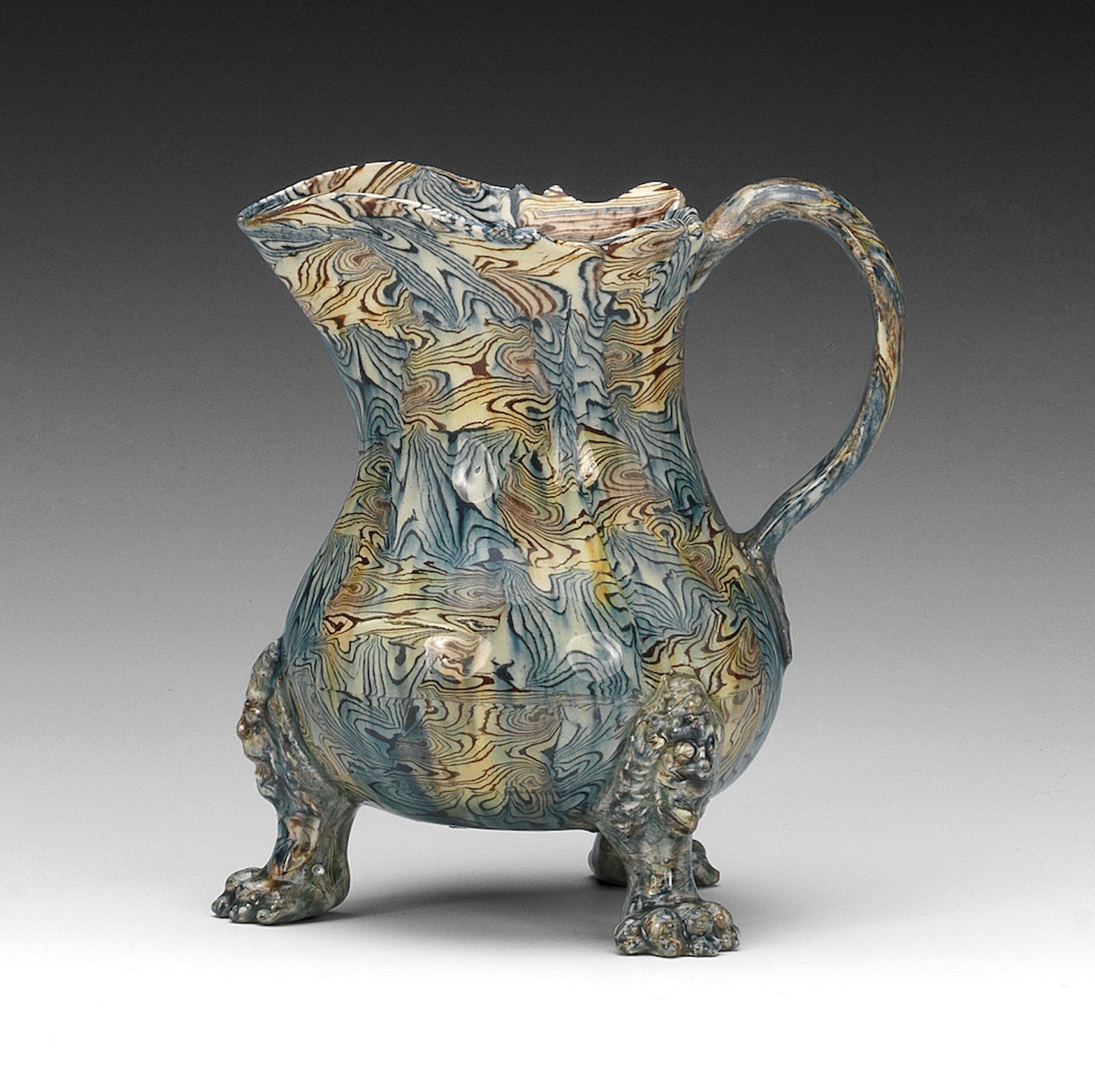As I was trying to trace its development, it
occurred to me to make sense of it all; the place to start was the history of
tea. Tea was first brought to England in the 17th century and first
consumed in coffee houses. ‘China tea’ and hot chocolate were introduced to the
beverage menu from the late 1650s. Thomas Garroways promoting tea in his coffee
house advert placed in Mercurius Politicus in 1658 ‘That
Excellent, and by all Physicians approved, China drink, called by the Chinese, Tcha, by other nations Tay alias Tee, ...sold at the
Sultaness-head, ye Cophee-house in Sweetings-Rents, by the Royal
Exchange London".
 |
| Coffee House 17th Century from British Museum. |
Samuel Pepys noted in 1660 "I did send for a cup of tee, (a China drink) of which I had never had drunk before". At one level the coffee houses appear to be equitable establishments with the aristocracy and wealthy business men rubbing shoulders with the less well to do. These establishments buzzed with discussion of current affairs and functioned as business networking hubs.
Different coffee houses attracted different clientele. Garraway’s was the haunt of scientists and natural philosophers. St James’ was favoured by traders and mariners. Will’s was for poets and White’s for actors and musicians. The mark of a true Renaissance Man in those days was to regularly patronise as many different houses as possible.
Coffee houses play an important part in London history
‘Lloyd's of London had its origins
in a coffeehouse run by Edward Lloyd, where underwriters of ship insurance met to do business. By
1739, there were 551 coffeehouses in London; each attracted a particular
clientele divided by occupation or attitude, such as Tories and Whigs, wits and stockjobbers, merchants and
lawyers, booksellers and authors, men of fashion or the "cits" of the old city center. According to
one French visitor, Antoine François Pervost, coffeehouses, "where you have the right to read all
the papers for and against the government," were the "seats of
English liberty." In London, coffeehouses preceded the club of the mid-18th
century, which skimmed away some of the more aristocratic clientele. Jonathan's Coffee-House in 1698 saw the
listing of stock and commodity prices that evolved into the London Stock Exchange. Lloyd's Coffee House provided the
venue for merchants and shippers to discuss insurance deals, leading to the
establishment of Lloyd's of London insurance
market, the Lloyd's Register classification society, and other related businesses. Auctions in salesrooms
attached to coffeehouses provided the start for the great auction houses of Sotherby's and Christie's. In Victorian England, the temperance movement set up coffeehouses for the working classes, as a place of
relaxation free of alcohol, an alternative to the public house,’ (Wiki)
 |
| Edward Lloyd's Coffee House 1798 |
The tea they consumed would be considered
undrinkable today. Until 1689 tea was taxed in liquid form. The day’s tea would
be brewed in the morning enabling the excise officer to tax, it was then kept
in barrels and reheated when needed throughout the day. After 1689 tea was
taxed by weight and fresh brews ensued.
Outrageously women were banned from coffee
houses. You could however buy loose tea from coffee houses, this enabled women to
enjoy tea at home. Kicking off the tradition of afternoon tea, women from
wealthier households would gather for tea parties, a very genteel social
occasion. The tea equipment would be set up by servants and the lady of the house
would unlock the tea caddy and spoon the precious tea into the tea pot. Tea was
unbelievably expensive, up to £10 a pound more than a labourer earned in a
year. Sugar was added, another very expensive import. In this period milk was not
used.
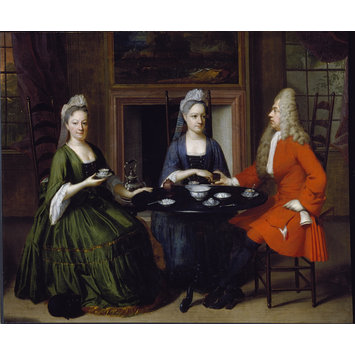 |
| Tea drinking at home ca 1715 (Victoria and Albert Museum) |
Tea stimulated various claims and warnings,
Pepys writing again in 1667 ‘Home, and there find my wife making of tea a
drink which Mr. Pelling the Pottecary tells her is good for her colds and
defluxions."
'After experiencing the Dutch "tavern garden teas", the
English developed the idea of the Tea Garden. Here ladies and gentlemen took
their tea out of doors surrounded by entertainment such as orchestras, hidden
arbors, flowered walks, bowling greens, concerts, gambling, or fireworks at
night. The tea garden began in the reign of King Charles II. Diarists John
Evelyn and Samuel Pepys recorded visits to the New Spring Garden (also called
Vauxhall or Foxhall) in the early 1660s. The tea
garden reached the height of its popularity in the mid 18th Century the most famous were Vauxhall and Ranelagh.
The gardens were both places to stroll and to be seen.
Tipping as a response to proper service began in the Tea Gardens
of England. Small, locked wooden boxes were placed on the tables throughout the
Garden. Inscribed on each were the letters "T.I.P.S.". If a guest wished the waiter to hurry (and
so insure the tea arrived hot from the often distant kitchen), he dropped a
coin into the box on being seated "to insure prompt service", hence TIPS. '(teacakesandteddybears.com)
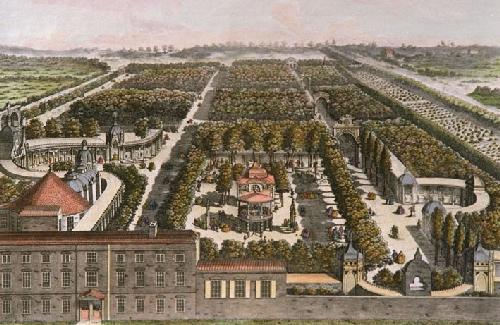 Vauxhall Pleasure Gardens Samuel Wale 1751 |
Between 1720-1750 imports of tea through British East Indian Company quadrupled. One commentator Fernand Braudel asked "is it true to say the new drink replaced gin in England". By 1766 exports from Canton stood at 6 million.
In 1785 the government significantly reduced
the tax on tea in an attempt to undermine the flourishing black market, which
was diminishing the profits of legal tea merchants. Whilst tea remained
expensive it was now acceptable to a much broader spectrum of society, seeds of
our national tea drinking habit were set.
The impact on pottery covered in
the next post.




